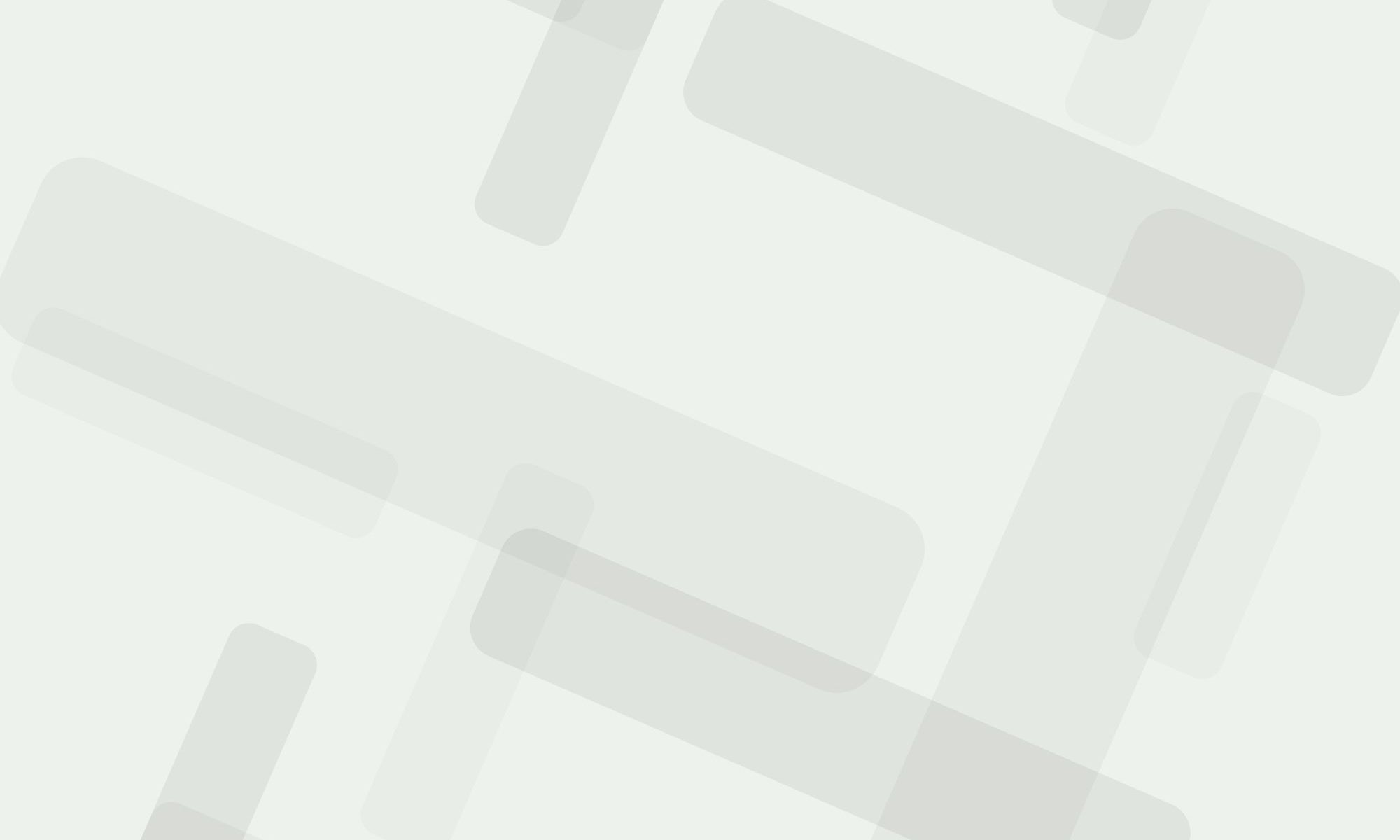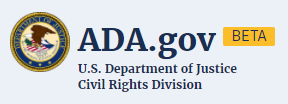Access for All
Unlocking the Boundless Potential of Digital Inclusion
Dr. Muhammad Shabbir
Technology, that splendid creation of the human mind, has become a ubiquitous presence in our lives, offering boundless opportunities and opening doors to uncharted territories. With a mere tap or a swift click, we can embark on a journey of knowledge, connect with people from distant corners of the world, and navigate a virtual landscape teeming with possibilities.
Yet, amidst this tapestry of technological marvels, there exists an unfortunate reality. For those with disabilities, this world of wondrous possibilities can be akin to traversing an obstacle-ridden labyrinth. The visually impaired struggle to perceive the visual splendor that saturates our screens, the hearing impaired find themselves estranged from the melodious symphonies that grace our ears, and those with impairments of various kinds often face insurmountable barriers that stifle their potential.
It is precisely in acknowledgment of these challenges that Global Accessibility Awareness Day finds its purpose. Every year, on the third Thursday of May, this day emerges as a beacon of hope, urging humanity to engage in profound introspection. Its essence lies in catalyzing conversations and igniting reflections on the dire need to make the web and technology accessible to all, regardless of their abilities or disabilities.
In this rapidly evolving era, where technology permeates every facet of our existence, from communication and education to entertainment and commerce, the significance of inclusivity has never been more pressing. The accessibility of digital platforms should not be viewed as a mere luxury or an afterthought but as an inherent right for each individual, as essential as the air we breathe or the water we drink.
Consider for a moment the magnitude of the issue at hand. Imagine the frustration of a talented artist, unable to showcase their visually stunning creations to the world due to an inaccessible website. Reflect upon the isolation experienced by a brilliant mind, confined to the shadows of exclusion because they cannot access the knowledge and opportunities that lie within the digital sphere. Ponder the injustice faced by someone yearning to be heard, their voice silenced by the absence of captioning or transcripts.
The rallying cry of Global Accessibility Awareness Day calls upon us to challenge these limitations, to break down the barriers that hinder progress, and to create a world that embraces and celebrates diversity. It urges us to move beyond the realm of mere awareness and into the realm of action, for true change begins with purposeful deeds.
Fortunately, the solutions lie within our grasp. With innovative technologies and a collective commitment to inclusivity, we can pave the way towards a more accessible digital landscape. Web developers can implement standards and guidelines that prioritize accessibility, ensuring that their creations cater to the needs of all users. Designers can embrace universal design principles, crafting interfaces that transcend physical limitations and offer seamless experiences for individuals of varying abilities. And companies, both large and small, can invest in resources and training to equip their teams with the knowledge and skills necessary to build an inclusive digital future.
Beyond the realm of technology, accessibility extends to the realm of mindset. It is a call to embrace empathy and understanding, to foster a culture that recognizes the intrinsic value of each and every individual. By shifting our perspective, we can dismantle the preconceived notions that perpetuate exclusion and forge a society that champions equality and empowers every member.
As Global Accessibility Awareness Day dawns upon us once again, let us embark on this collective journey of transformation. Let us amplify the voices of those whose narratives have been muted, unravel the immense potential lying dormant in the hearts of individuals, and weave a tapestry of accessibility that embraces the tapestry of humanity itself.
This day also serves as a poignant reminder that technology should be a conduit for empowerment, not a fortress of exclusion. It calls upon developers, designers, content creators, and users alike to embark on a collective journey towards a more inclusive digital landscape—a landscape where barriers crumble, and access becomes a birthright.
Technology, in all its magnificence, must be wielded as an instrument of liberation, breaking the shackles of exclusion that hinder progress. On this day, let us embrace the spirit of empathy, recognizing that the measure of our collective greatness lies not only in our capacity to create, but also in our ability to ensure that creation reaches the hands of all. Together, we can pave the way for a future where technology truly transcends limitations.
As the digital world evolves and technology continues its relentless march, let us remember that its true essence lies not in the advancements it bestows upon us, but in its capacity to unite and uplift us all. On this Global Accessibility Awareness Day, let us pledge to build a future where no one is left behind—a future that celebrates the beauty of diversity, embraces the boundless potential of technology, and creates a symphony of inclusion that resounds through every corner of our interconnected world.
The writer is a thought leader in international relations and digital accessibility and tweets as @mshabbirphd
 Comments from Dr. Muhammad Shabbir, Co-coordinator, IGF-DCAD.
Comments from Dr. Muhammad Shabbir, Co-coordinator, IGF-DCAD.

